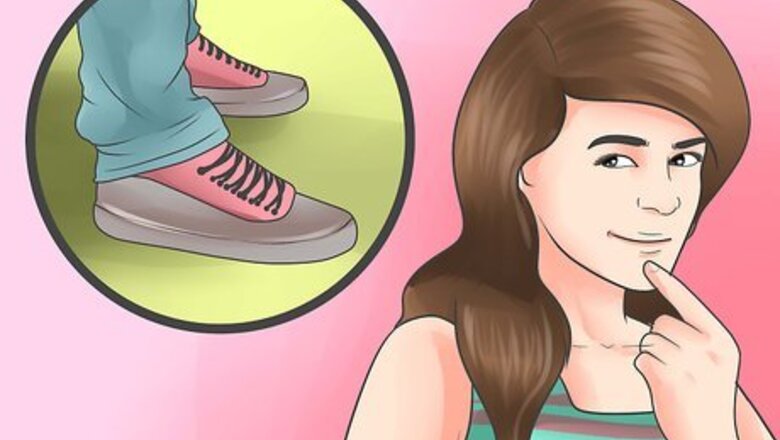
views
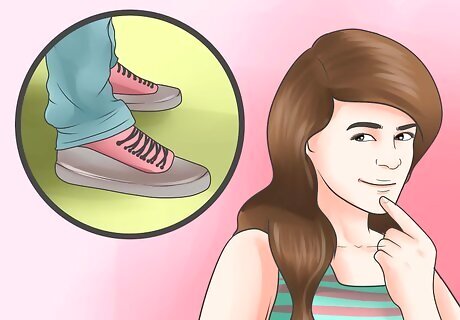
Understand the history and implications of the crip walk. The crip walk is a controversial dance move which originated in the 1970s in South Central Los Angeles, among members of the Crip gang. Originally, the foot movement used in crip walking was meant to spell out the letters "C-R-I-P" and was used to display gang affiliation at parties and other gatherings. Later, the dance was used as a signature by Crip gang members after they had committed a crime, as the foot movement would leave distinctive shuffle marks on the ground. As a result of these associations, crip walking was banned from a large number of schools in certain L.A. neighborhoods, while MTV refused to play any rap or hip-hop videos (such as those by Snoop Dogg, Xzibit and Kurupt) containing the crip walk. More recently, the crip walk has been appropriated by American culture and, in general, is no longer intended to display gang affiliation. However, it is important to be aware of the history and implications of the crip walk, as performing it could still potentially cause offence in certain situations.
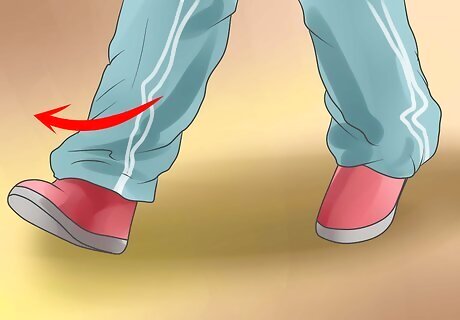
Learn the shuffle. The shuffle is the most basic part of the c-walk. To shuffle, stand with your right foot planted firmly on the ground and your left leg extended out in front of you, balanced on the ball of your left foot. Now, reverse this position by standing firmly on your left foot while your right leg is extended in front of you, balanced on the ball of your right foot. Jump as you switch your feet, so the switch is completed in one fluid movement. Now keep jumping and switching your feet -- this is the basic shuffle movement. You can make it more interesting by moving sideways or around in a circle as you jump, or by keeping the same foot forward in a double jump. Variation: A common variation on the shuffle step is the shuffle kick. To do the shuffle kick, balance your front foot on the heel rather than the toe and give it a flick to the side. Alternating between the basic shuffle step and the shuffle kick will add more flavor to your crip-walk.
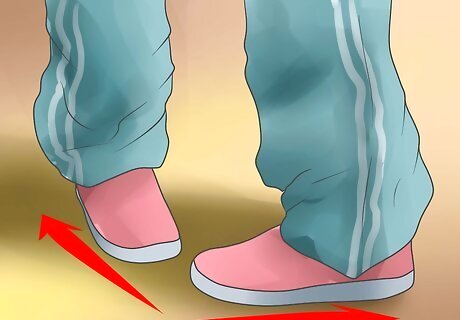
Learn the V. The V is probably the most well-known and recognizable part of crip walking. To get started, stand with your heels together and your toes pointed outwards, forming a V shape. Now switch so that your toes are together and your heels are pointed outwards, forming an inverted V. Alternate between these two V shapes, to get a feel for the movement. To do the proper V movement, start with your heels together and your toes pointing outwards. Now swivel your right heel outwards, so that both feet are parallel to one another and pointing towards the left. Swivel your left toes inwards (towards the right) to join your right toes, so your feet form an inverted V shape. Swivel your right toes outwards so that both feet are parallel again, this time pointing towards the right. Now bring your left heel in to join the right one, so you are back to starting position. Practice this movement going back and forth and starting with each foot until you have it down. Variations: A common variation on the V is the step back. Instead of bringing both heels together to form a V shape, place one foot behind the other so that the heel of your front foot is wedged against the arch (or sometimes the toe) of your back foot. To do a move known as the V step, you basically have to do the V with one foot and the shuffle with the other foot. In other words, your right foot is forming a half V shape (pivoting first on your heel then on your toe) while the left foot is going forwards and backwards in a shuffle movement, as you move sideways towards the right. Switch feet (left foot doing the V, right foot shuffling) when you change directions.
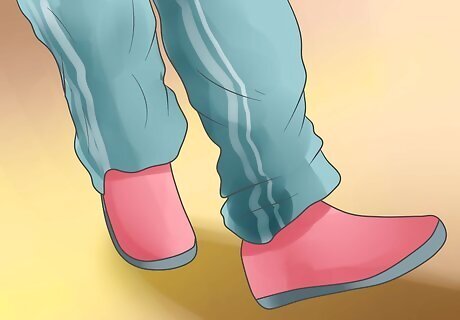
Learn the heeltoe. The heel to toe is perhaps the hardest part of the crip walk and will require some practice. Type one: Turn so that your body is facing diagonally towards the right, then put your left foot forward, balancing on the heel. Swivel on your left heel and the ball of your right foot until your body is facing diagonally towards the left. Now jump and switch feet so your right foot is in front, balanced on the heel, and your left foot is behind. Keep practicing this movement until you get it fast and smooth. You can add some variation to the movement by doing a double heeltoe -- do the heeltoe as normal but instead of switching feet try to swivel in the same direction twice, keeping the same foot in front. Type two: The second type of heeltoe is pretty much the same as the first, except for one major difference. Instead of balancing on the ball of your back foot, try to balance on your toe. Then instead of swiveling on your toe, drag it across the ground as you change directions. Type three: The third type of heeltoe involves the same movement as the first, except that you keep repeating the heeltoe with the same foot in front while moving in one direction. So, starting with your body facing diagonally towards the right and your left heel in front, swivel so that your body is facing diagonally towards the left. Now instead of switching feet, jump back to the starting position (facing the right, left heel in front) and repeat the movement again.
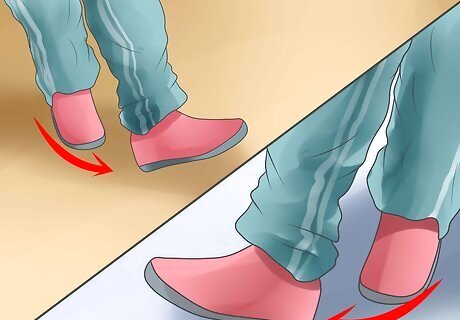
Put it all together. A good crip walk will involve a combination of the movements described above, with as many variations and as much personal style thrown in as possible. Just try to get the movements as smooth and fluid as possible -- crip walking is supposed to look effortless and loose, not tight and exact. Practice as you listen to your favorite hip-hop or rap tunes and try to dance in time with the beat. What you do with your arms is up to you -- some people leave them loose at their sides, while others put their hands on their hips. Remember that everyone's c-walk is unique, so just do what feels good for you.


















Comments
0 comment